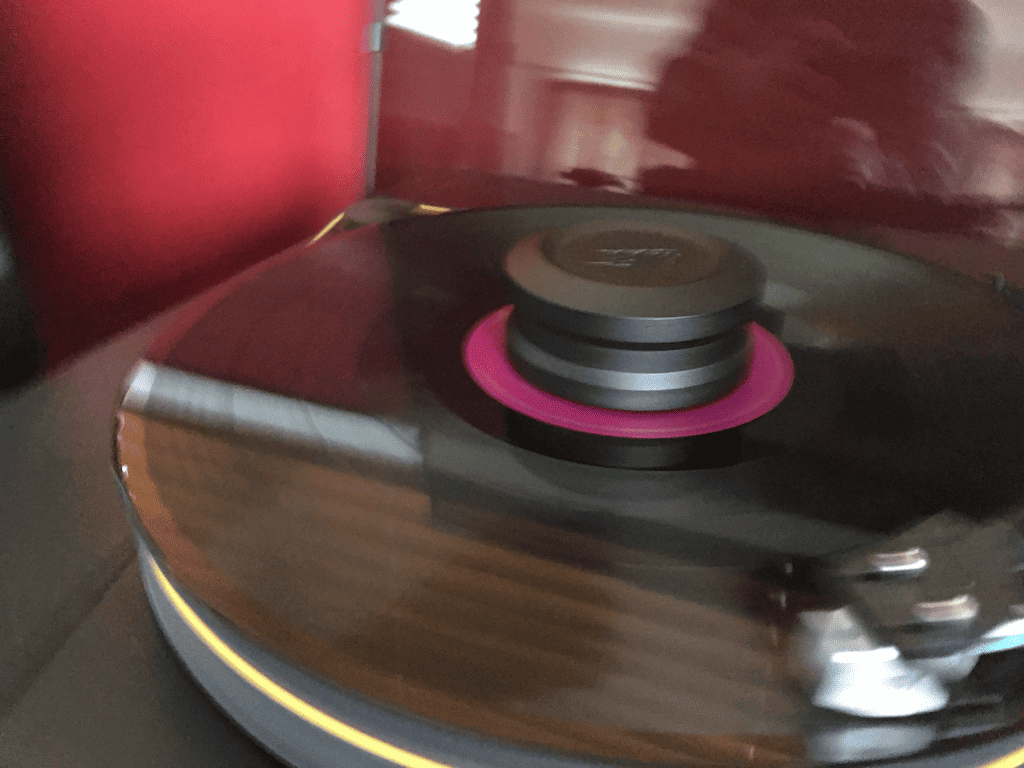Google Nest Wi-Fi REVIEW
Summary
Google Nest Wi-Fi REVIEW
Google’s new Nest Wi-Fi has a lot to recommend it but there are a few real issues that could be a dealbreaker for some, writes PAT PILCHER.
$269 (Router only – $549 for Nest Wi-Fi Router + 2 Access Points)
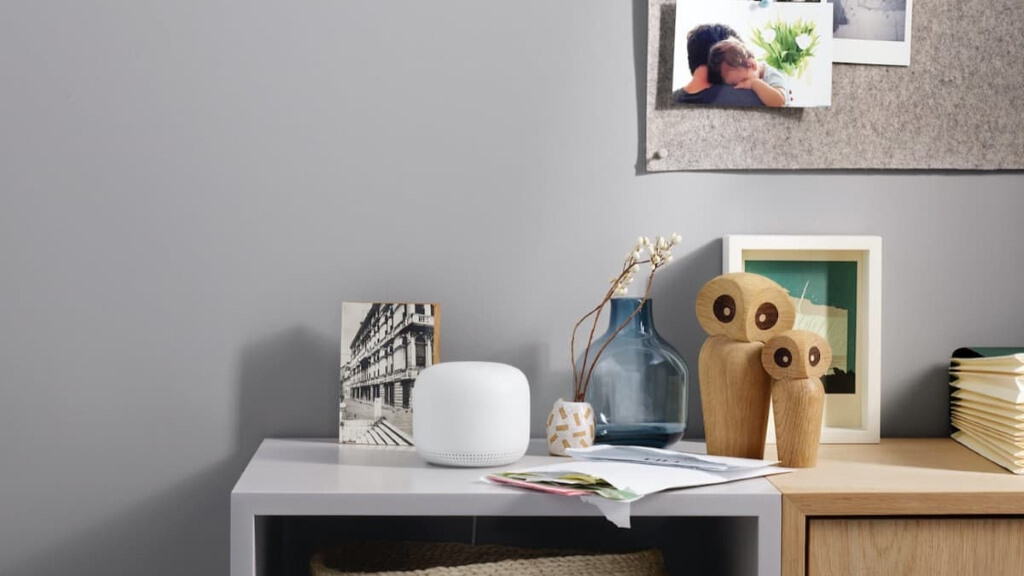
Would you like to support our mission to bring intelligence, insight and great writing to entertainment journalism? Help to pay for the coffee that keeps our brains working and fingers typing just for you. Witchdoctor, entertainment for grownups. Your one-off (or monthly) $5 or $10 donation will support Witchdoctor.co.nz. and help us keep producing quality content. It’s really easy to donate, just click the ‘Become a supporter’ button below.
When it launched, Google’s Wi-Fi mesh router was a game-changer for those suffering from Wi-Fi dead-zones. Google Wi-Fi made mesh networking (which had previously been tricky to set up and the near-exclusive domain of network geeks) accessible.
Using Google Wi-Fi, almost anyone could set up and use a mesh network, and no computer networking degrees were required.
So, what’s the big fat hairy deal with this whole mesh networking thing? The answer is simple. Mesh networking uses mini wireless routers (known as nodes or mesh access points) that you can place throughout your home to share the load and spread the Wi-Fi goodness. Wi-Fi Dead spots be damned!
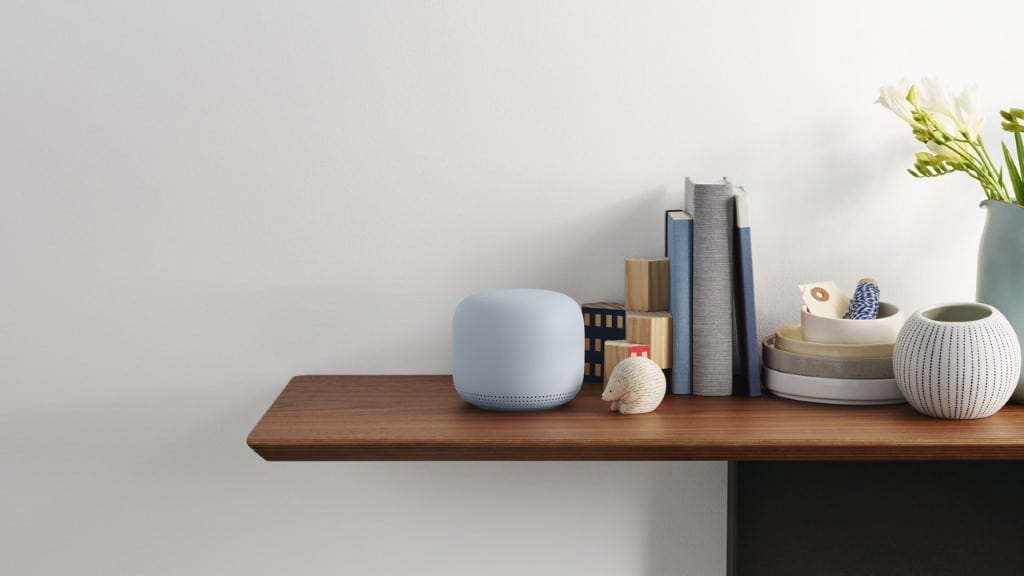
Unsurprisingly, Google’s Wi-Fi router/access point combos were a smash hit. And now they’re back with a new effort called the “Nest Wi-Fi”. The $549 questions in my mind are these:
• Does Nest Wi-Fi offer any meaningful improvements over Google Wi-Fi?
• Should Google Wi-Fi users upgrade to Nest Wi-Fi?
• Is Nest Wi-Fi a better option than traditional old school routers
• What about competing mesh solutions?
For those wanting to make Orcon their ISP, the answer is simple. Orcon has made Nest Wi-Fi the bundled router for all new fibre customers. It isn’t hard to see why they’ve chosen to do that. Many support problems with routers are often a result of Wi-Fi coverage issues, and a good many of these can be eliminated with mesh networking.
But what about those who’d invested in the earlier Google Wi-Fi? There’s good news here too. Nest Wi-Fi is backwards compatible with Google Wi-Fi gear. Existing users can buy Nest Wi-Fi hardware. It’ll mesh into their Google Wi-Fi network to expand Wi-Fi coverage even further.
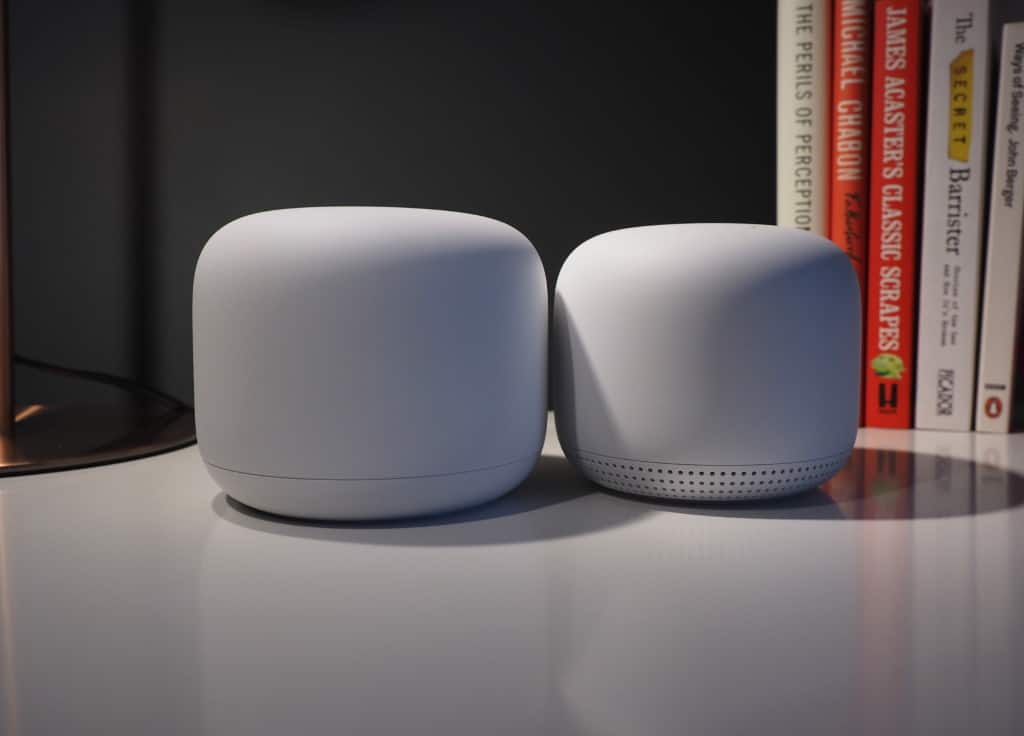
Like the earlier Google Wi-Fi, the Nest routers are almost idiot-proof to set up using the Google Home mobile app (Android/IOS), which does all the heavy lifting. Connecting the router to my fibre ONT via Ethernet, I powered it up, launching Google Home. Hitting the “Get Started” button in the Create A Home screen, I tapped Setup New Devices. The app found the router. I was then prompted to scan the QR code on the underside of the router. After agreeing to join the Google Home network, and giving the wireless network a name and a strong password, I was up and running. Total setup time was measured in minutes.
While the Home app won’t give you the same granular control that you’d get from a web admin console on most old-school routers, Google Home is dead easy to use. You can still tweak all the important stuff (network SSID’s, data traffic prioritisation, parental controls and so on).
That said, you’re a bit stuck if you want to do anything else. As an owner of Huawei’s Google-free P40 Pro, I initially found myself in a bit of a pickle. No Google Services on my phone meant no Google Home app. This made setting up Nest Wi-Fi virtually impossible. Switching to another phone thankfully remedied this issue. That minor hiccup aside, getting set up was so easy that even this idiot got it right.
Unlike a lot of routers, Nest Wi-Fi is a handsome piece of hardware. It resembles a marshmallow that’s binged on growth hormones. Its design means it seamlessly fits into most homes and should disappear into the background to ensure that you have smoking Wi-Fi coverage.
The most significant tweak made with Nest Wi-Fi is VLAN support. This means that it’ll play nice with a fibre connection. This means you can plug it directly into your fibre connection without needing the additional clutter and cost of an external modem/router.
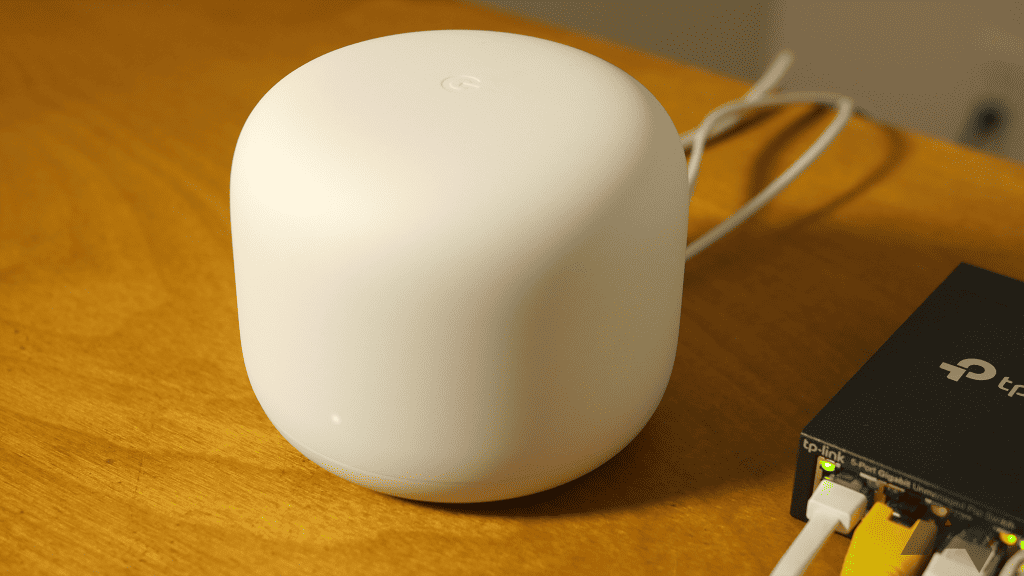
So, how well does it work? According to Google, you’ll get around 204 square meters of Wi-Fi coverage for up to 100 connected devices. Pairing the Nest Wi-Fi router with a Nest access point should, in theory, increase your total Wi-Fi coverage by a further 149 square meters. Adding more Nest access points gets you even more. The access points also do double duty as a Google Home smart speaker, so you can utter “Okay Google…” and it’ll do your bidding.
But as much as I’d love to tell you about the wonders of the Nest Wi-Fi’s access points, Google could only supply Witchdoctor with two Nest routers for review. While this meant I couldn’t try out the Google smart speaker capabilities of the access points, the extra router did allow me to set up a simple mesh network for this review.
I’d heard from other users and seen in various forums that throughput was an issue with some Nest Wi-Fi setups. Thankfully, the review unit delivered decent throughput. In the same room as the router, I got 498Mbps on 5Ghz. On 2.4Ghz it provided a solid 291Mbps. Performance from the second router, however, was slightly slower, with 190Mbps on 2.4Ghz, 250Mbps on 5Ghz. I suspect a crucial reason for this is due to the lack of a dedicated chunk of 5Ghz wireless getting used for backhaul to the connected Nest Wi-Fi router. This means the same bandwidth you’re using is also consumed to send and receive data from your router, creating a performance bottleneck.
Mesh networking performance aside, there are a few niggles. Perhaps the biggest that has carried over from the original Google Wi-Fi is a lack of Ethernet ports. Google only put two gigabit Ethernet ports on the Nest Wi-Fi router. One of those is a WAN port, so you’re effectively left with just one usable Ethernet port once you’ve hooked up to a fibre connection. With a growing number of households using smart TVs, streaming media boxes, games consoles, cameras, smart home hubs and so on, the usual four Ethernet ports on most routers are often not enough. With the Nest Wi-Fi router, users will need to stump up extra cash for a network switch to get more Ethernet ports from the get-go. Not only does this add to the cost, but also to clutter. Here’s hoping Google can sort this in future versions.
The other downer is that Nest Wi-Fi doesn’t support the Easy Mesh standard. This means you’re locked into Google gear for future mesh expansions. As EasyMesh is a Wi-Fi alliance standard, EasyMesh gear will play nice together, regardless of its brand and model, giving more choice and flexibility.
Lastly, the Nest Wi-Fi eschews Wi-Fi 6 (802.11ax) and sticks with Wi-Fi 5 (802.11ac). Given the extra cost of Wi-Fi 6 compatible silicon and the general sparseness of Wi-Fi 6 hardware now, that mightn’t seem like a biggie but this will soon change.
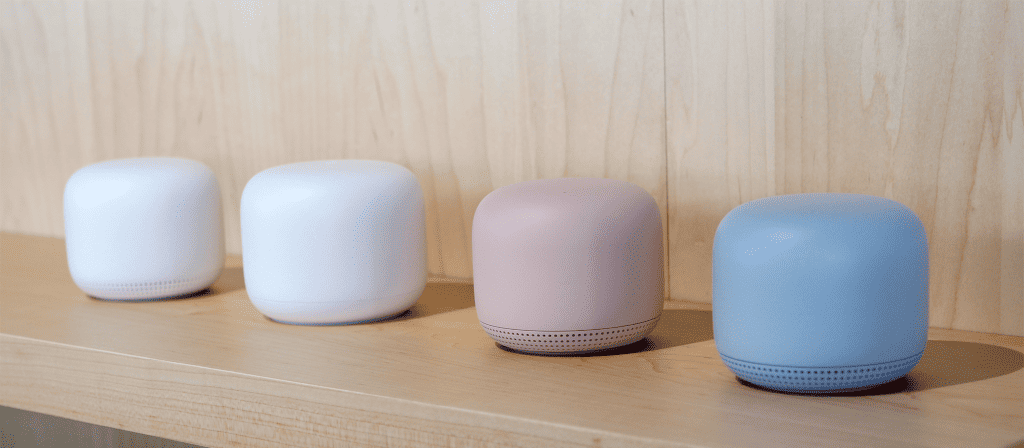
As we accumulate more smart home gear, the lack of Wi-Fi 6 benefits with Nest Wi-Fi will become increasingly apparent. Speed improvements aside, other features will be missed. These include Wi-Fi 6’s Basic Service Set (BSS) Colouring, which allows Wi-Fi 6 routers and gizmos to identify which access gadget or router is transmitting what data. This makes for less data loss from interference for those living in crowded radio environments such as apartments and high-density housing.
Then there are battery powered smart home devices, which tend to rely on “standby” and “sleep” modes to stretch out battery life. With Wi-Fi 6, there’s a smart feature called Target Wait Time (TWT). It allows Wi-Fi 6 enabled routers to negotiate with TWT compatible gizmos to work out when they need to wake up and transmit data. Because of this, TWT capable smart devices stay in sleep mode longer, increasing their battery life. Sadly, you get none of this with the Nest Wi-Fi which, given the growth in smart home gear uptake seems to be an odd oversight on Google’s part.
So, is Nest Wi-Fi a worthy upgrade? Given the lack of functionality compared to other routers, we’re disappointed. This is a real shame as the sheer simplicity of getting the Nest configured makes it very appealing for anyone not wanting to deal with the complexities of setting up a router. For Google Wi-Fi owners it’s also a total no-brainer, as adding a Nest router/access point to an existing Google Wi-Fi setup will allow you to expand your mesh coverage footprint. For power users, however, especially those with lots of wired Ethernet connections, the Nest isn’t such a good bet. This is unfortunate as the Nest’s very reasonable $269 sticker price is compelling – at least until you add the cost of a gigabit network switch.
https://store.google.com/au/config/nest_wifi
TECH SPECS
Wireless Connectivity: IEEE 802.11s/a/b/g/n/ac, AC2200 4×4 Wi-Fi (expandable mesh; dual-band 2.4GHz and 5GHz, beamforming); Bluetooth LE
CPU: 1.4 GHz ARM CPU (quad-core, 64-bit)
RAM: 1GB RAM (Router); 768MB RAM (access Point)
Storage: 4GB flash (Router); 512MB flash (access Point)
Ports: 2 x Gigabit Ethernet ports (Router only)
Dimensions: 110mm diameter, 90.4mm height (Router); 102.2mm diameter, 87.2mm height (access Point)
Weight: 380g (Router); 350g (access Point)







